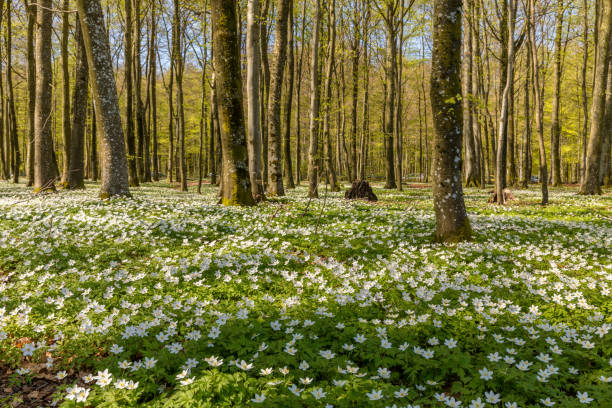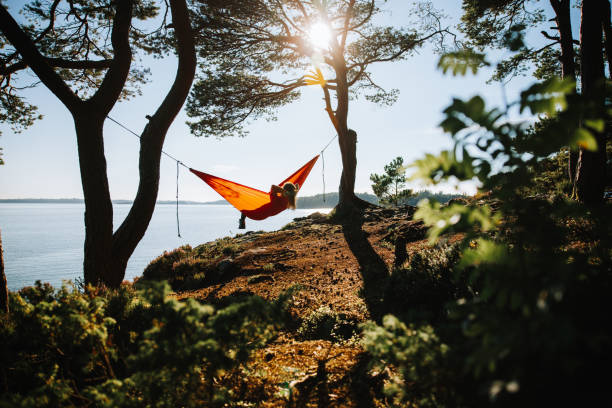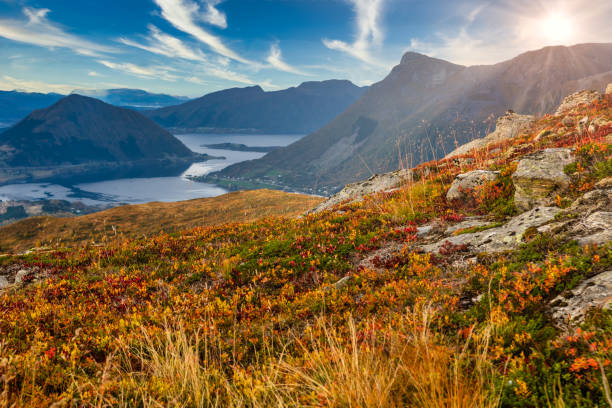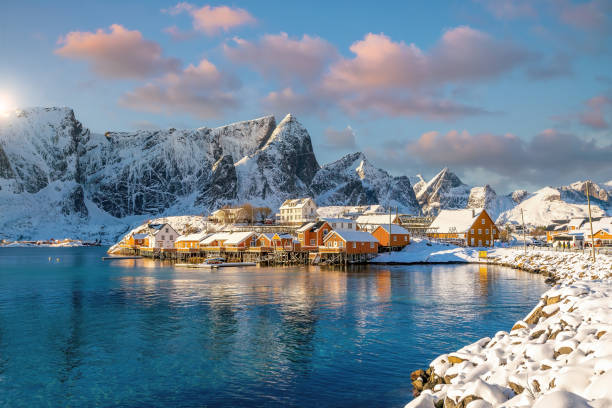Norway is a land of dramatic contrasts, where jagged fjords meet Arctic tundra, vibrant cities nestle between mountains, and the Northern Lights dance above snow-draped villages. But with such diverse landscapes and shifting seasons, choosing the best time to visit Norway depends entirely on what you want to experience. Whether you’re chasing the Midnight Sun, skiing under the Aurora Borealis, or hiking through golden autumn forests, this seasonal guide will help you plan your perfect Norwegian adventure.
Why Timing Matters in Norway
Norway’s climate varies wildly from south to north. The southern coast enjoys relatively mild winters, while the Arctic north plunges into polar night for months. Seasons dictate not just weather, but activities, crowds, and even cultural events. Understanding these rhythms is key to crafting a trip that aligns with your dreams—be it solitude in nature, cultural immersion, or adrenaline-fueled escapades.
Spring in Norway (March–May) | Awakening Landscapes & Quieter Trails

Highlights
Melting snow, blooming wildflowers, fewer tourists. Best for: Budget travelers, photographers, and road-trippers.
Spring in Norway is a quiet revolution. As daylight stretches and temperatures rise (3°C to 10°C / 37°F to 50°F), snow retreats from the lowlands, revealing rushing waterfalls and meadows bursting with color. This shoulder season offers lower prices and uncrowded attractions, making it ideal for scenic drives along the Atlantic Ocean Road or exploring Bergen’s Bryggen Wharf without the summer bustle.
Don’t Miss
- May 17th (Norwegian Constitution Day): Join locals in Oslo or small villages for parades, bunads (traditional dress), and festive energy.
- Fjord cruises: Sail the UNESCO-listed Nærøyfjord as it transitions from frosty silence to springtime vitality.
Tip
Pack layers! Spring weather is unpredictable—sunshine and snow showers can occur in the same day.
Summer in Norway (June–August)| Midnight Sun & Outdoor Adventures

Highlights
24-hour daylight, hiking, festivals, and fjord exploration. Best for: Hikers, families, and road-trippers.
Summer is Norway’s peak season—and for good reason. The Midnight Sun bathes the Arctic in golden light, temperatures hover between 12°C to 25°C (54°F to 77°F), and every trail, fjord, and village feels alive. This is the time to tackle iconic hikes like Trolltunga or Preikestolen, kayak the Lofoten Islands, or road-trip the Trollstigen Mountain Road.
Don’t Miss
- Midnight Sun in the North: Experience 24-hour daylight in Tromsø or Svalbard—perfect for round-the-clock adventures.
- Cultural festivals: The Bergen International Festival (May/June) and Midnight Sun Marathon (Tromsø, June) celebrate art, music, and endurance under the eternal sun.
Tip: Book accommodations and ferries early. Popular spots like Geirangerfjord and Flåm get crowded.
Autumn in Norway (September–November)| Golden Hues & Northern Lights Preview

Highlights
Fall foliage, Northern Lights sightings, and harvest cuisine.
Best for: Couples, foodies, and aurora chasers.
Autumn is Norway’s best-kept secret. Forests blaze with red and gold, the summer crowds disperse, and the first hints of the Northern Lights appear in the Arctic. Temperatures dip (0°C to 10°C / 32°F to 50°F), but the crisp air and moody skies add drama to landscapes like the Jotunheimen Mountains or Rondane National Park.
Don’t Miss
Northern Lights in Late Autumn: By late September, Tromsø and the Lofoten Islands offer early aurora sightings.
Food festivals: Sample reindeer stew, cloudberries, and apple cider at harvest markets in the Hardangerfjord region.
Tip: Rent a cozy cabin (hytte) to enjoy Norway’s “koselig” (cozy) autumn vibes.
Winter in Norway (December–February)| Arctic Magic & Snowy Thrills

Highlights
Northern Lights, skiing, dog sledding, and hygge. Best for: Aurora hunters, winter sports enthusiasts, and culture seekers.
Winter transforms Norway into a glittering wonderland. While southern cities like Oslo see milder winters (-5°C to 3°C / 23°F to 37°F), the Arctic north plunges into polar night—a surreal period of darkness illuminated by the Aurora Borealis. This is the season for dog sledding in Finnmark, staying in the Sorrisniva Igloo Hotel, or skiing in Trysil, Norway’s largest ski resort.
Don’t Miss
- Christmas Markets: Oslo’s Jul i Vinterland and Bergen’s Pepperkakebyen (Gingerbread Town) are pure fairy-tale charm.
- Sami Culture: Visit Karasjok or Kautokeino to learn about indigenous reindeer herding and joik (traditional song).
Tip: Dress in thermal layers and invest in quality winter gear—the cold is no joke!
Packing Tips for Every Season
- Spring/Autumn: Waterproof jacket, hiking boots, gloves, and a warm hat.
- Summer: Light layers, sunglasses, mosquito repellent (yes, really!), and a reusable water bottle.
- Winter: Thermal base layers, insulated snow boots, hand warmers, and a camera with a tripod for aurora photography.
Budget Considerations
Norway is expensive, but smart planning saves money
- Shoulder seasons (spring/autumn): Lower prices on flights and hotels.
- Camp or stay in cabins: Use Norway’s Allemannsretten (Right to Roam) to camp responsibly for free.
- Public transport: Trains and buses are scenic and efficient—book in advance for discounts.
FAQs: Your Norway Travel Questions Answered
- Is Norway safe for solo travelers?
Yes! Norway ranks among the safest countries globally, with low crime and friendly English-speaking locals. - Do I need a car to explore Norway?
Not necessarily—trains and ferries cover most highlights. However, a car offers flexibility for remote areas like the Lofoten Islands. - When is the best time to see the Northern Lights?
October to March, with peak visibility during cold, clear nights in the Arctic Circle. - Is it worth visiting Norway in winter?
Absolutely—if you embrace the cold, winter offers unique adventures and fewer tourists.
Conclusion
Norway’s beauty is eternal, but its personality shifts with the seasons. Whether you’re kayaking under the Midnight Sun, foraging for berries in autumn, or snowshoeing under the Northern Lights, there’s no “wrong” time to visit—only different shades of magic. Let your interests guide you, pack accordingly, and prepare to fall in love with Scandinavia’s crown jewel.

